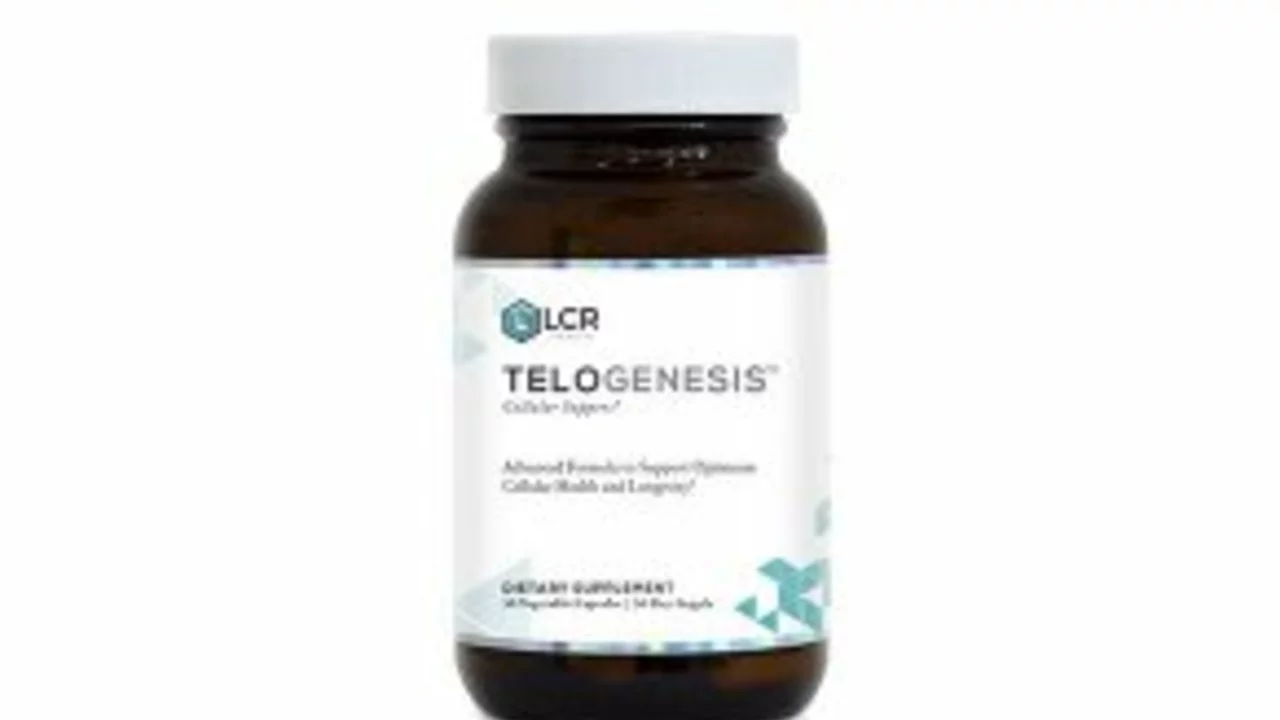Gamma Oryzanol: What It Is and Why People Use It
Gamma oryzanol is a compound extracted from rice bran oil. You’ll find it in sports supplements, cholesterol-support products, and some natural remedies for menopausal symptoms. People try it to boost recovery, lower LDL cholesterol a bit, or ease hot flashes. The evidence is mixed, but it’s cheap and widely available, so lots of people want to know how to use it safely.
Uses and Evidence
For cholesterol, small clinical trials—many done in Japan—reported modest drops in LDL and total cholesterol after several weeks of gamma oryzanol. The effect is usually smaller than prescription drugs, but it can be helpful as part of diet and exercise changes. For performance, lab and animal studies suggested improved recovery and reduced muscle damage, but human trials are limited and results vary.
Women with menopausal hot flashes sometimes report fewer or milder episodes after taking gamma oryzanol. A few small studies saw improvements, but many of these trials were short or had few participants. Overall, the research hints at benefits but doesn’t prove it works strongly for any single condition.
Dosage, Safety and Buying Tips
Common doses range from about 100 mg to 300 mg per day, often split into two doses. Many supplement labels recommend 100–200 mg daily. Start low and watch for effects. If you plan to use it for cholesterol or hot flashes, expect at least 4–8 weeks before judging whether it helps.
Side effects are uncommon but can include mild stomach upset or nausea. There’s limited safety data for pregnancy and breastfeeding, so avoid use unless your doctor says otherwise. Because research is limited, check with your healthcare provider before combining gamma oryzanol with cholesterol meds or hormone treatments.
When buying, pick products that list milligrams of gamma oryzanol per serving. Look for third-party testing (USP, NSF, or an independent lab) and choose reputable brands with clear ingredient lists. Avoid products that promise dramatic results or huge doses—more isn’t necessarily better and may raise the risk of side effects.
If you’re using it for sports recovery, pair it with proven habits: enough protein, sleep, and a smart training plan. If you want cholesterol benefits, focus first on diet, exercise, and standard medical advice—use gamma oryzanol as a possible extra, not a replacement for prescribed treatments.
Got specific health conditions or take prescription drugs? Talk to your doctor or pharmacist. They can check for interactions and advise whether gamma oryzanol makes sense alongside your current plan.
Bottom line: gamma oryzanol is a low-cost, low-risk supplement with some promising but limited evidence for a few uses. It might help a bit for cholesterol or menopausal symptoms and could support recovery for some athletes, but don’t expect it to work like a prescription medicine. Use sensible doses, buy quality products, and check with a clinician if you have questions.
In my latest blog post, I discuss the incredible benefits of Gamma Oryzanol, a must-have dietary supplement for anyone striving to reach their peak performance. Derived from rice bran oil, this powerful antioxidant not only boosts energy levels but also improves muscle growth and recovery. Additionally, Gamma Oryzanol has been shown to support hormone balance, heart health, and even mental well-being. I highly recommend incorporating this amazing supplement into your daily routine to unlock your full potential and achieve optimal health. Don't miss out on the opportunity to become the best version of yourself with the help of Gamma Oryzanol!
View Details

